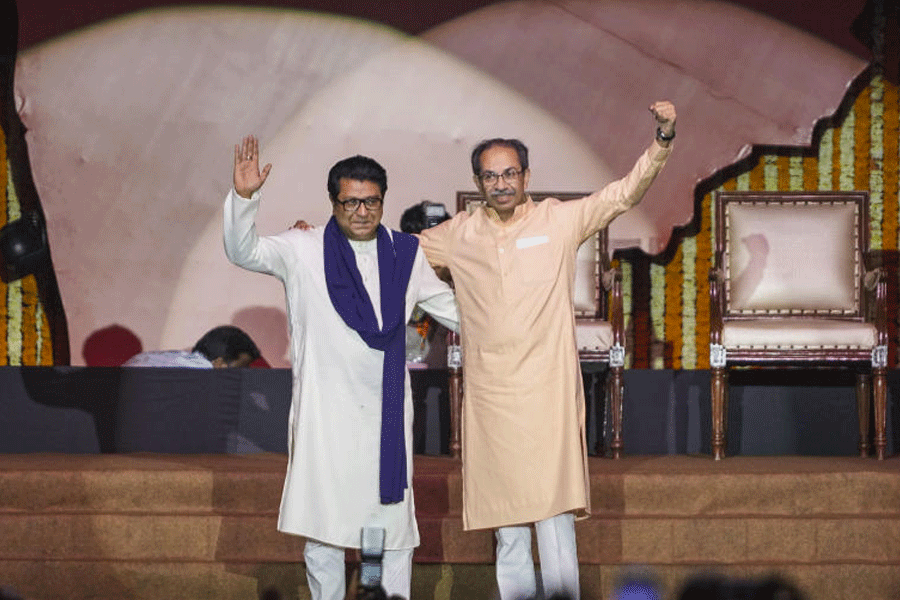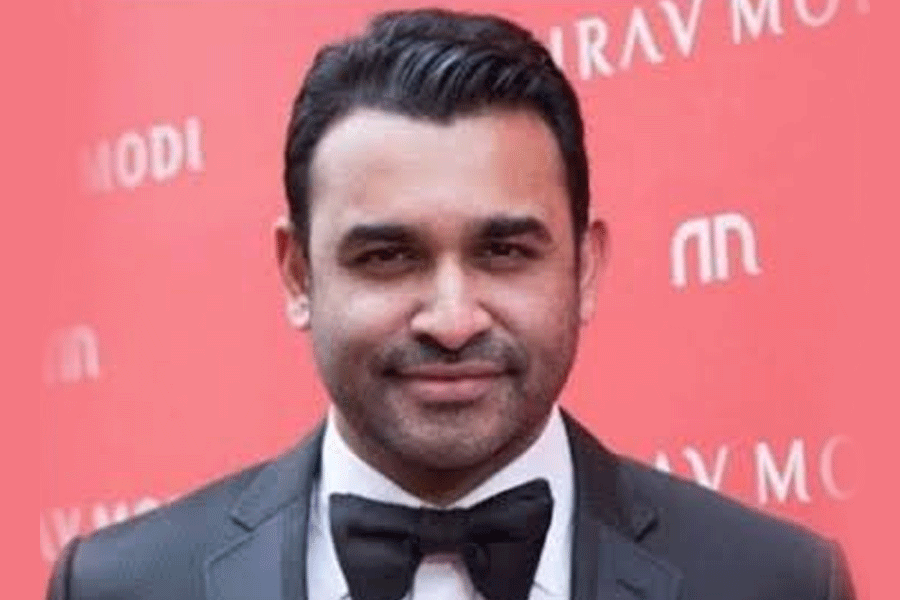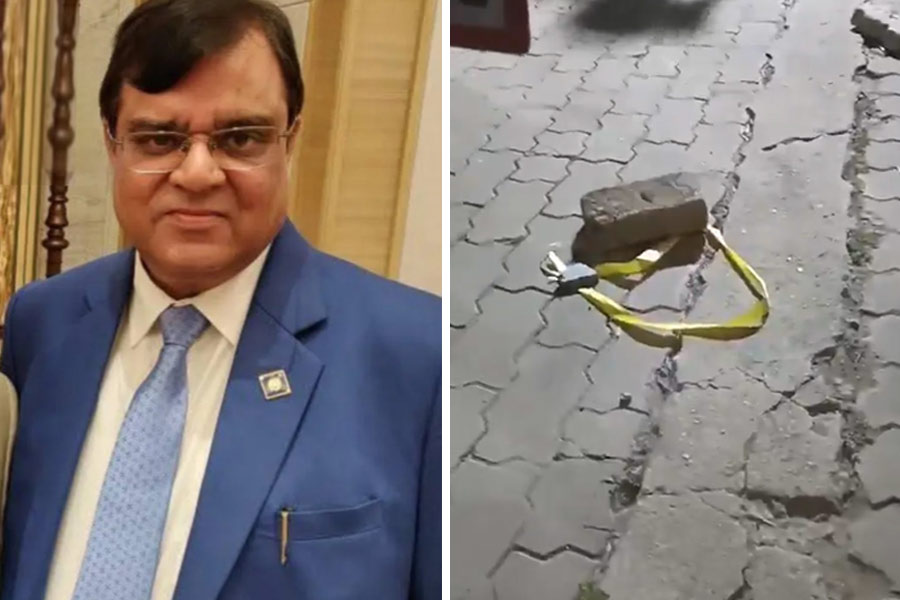 |
| Manilal Nag |
A couple of interesting facts emerged out of a presentation on the Vishnupur gharana by sitar maestro Manilal Nag, anchored and conceived by his daughter Mita Nag and arranged by Srijan’s Listeners’ Forum on July 16 at Rooftop. Nag said his father Gokul Nag, the first full-time sitar player affiliated to the Vishnupur Dhrupad gharana, played the sitar with two mizrabs worn on the index and middle fingers. He played the chikaris with his little finger. This he learnt from his guru, the late Ramprasanna Bandopadhyaya, who in turn learnt the surbahar from Sajjad Mohammed Khan, the second surbahar player in the history of music.
So Gokul Nag, who played sitar, surbahar and veena, applied the surbahar technique to sitar playing. Old masters like Pannalal Bajpai of Varanasi also used this technique. His teachers were Ali Mohammed Khan (Badku Mian), the last Rababi gharana sursringar maestro and his cousin Bahadur Sen, sursringar maestro from Rampur. This suggests that sitar players trained by surbahar and sursringar maestros were taught the surbahar stroke styles.
The two brief recordings in Jhinjhoti and Bhairavi played at the presentation proved beyond doubt that a sitar played in this manner sounded as good, if not better, than sitars played with a single mizrab. The recordings also established Gokul Nag as an artiste of the highest order. The sound and character of certain mizrab strokes played by him seemed strikingly similar to that of Ravi Shankar. Ravi Shankar is shown as a pupil of Gokul Nag in Bimalakanta Roy Chowdhury’s Sangeetkosh; this Ravi Shankar has denied. Nag’s left hand seemed far superior to that of Ravi Shankar.
A recording in which Manilal Nag has played alap in Durbari Kanada on the surbahar was also played at the programme. This is the best Durbari alap that the reviewer has heard on this instrument. Perhaps the fact that Nag plays the instrument in the authentic manner with two mizrabs was a contributory factor.
Other items played to demo-nstrate the character and variety of Vishnupur artistes inclu-ded Ramesh Chandra Bandopa-dhyay’s alap, dhrupad and dha-mar in Puria, raagpradhan songs of Jnanendra Prasad Goswami, a recording of Gope-shwar Bandopadhyaya in Kali-ngda, a khayal by Satyakinkar Bandopadhyaya, Rageshree by Manilal Nag and snatches of a recital by Mita Nag.










